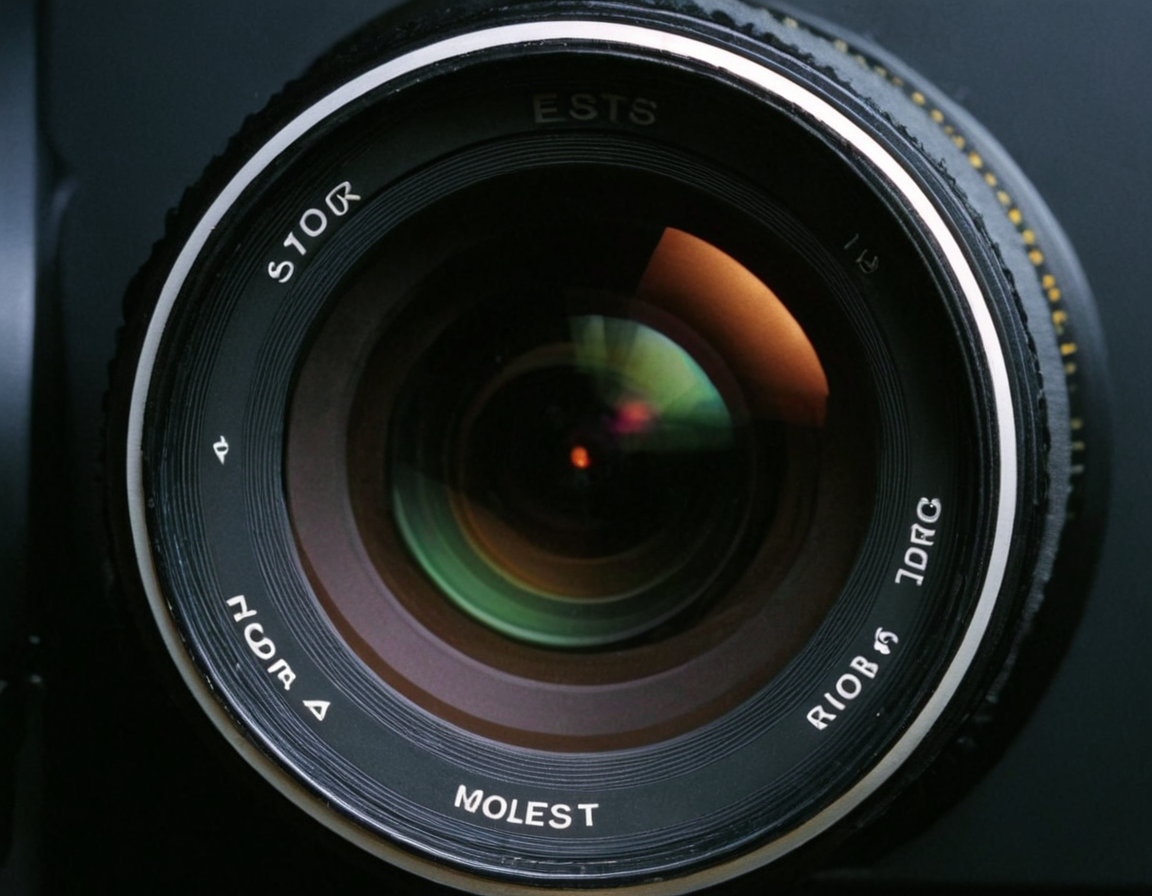A Beginner’s Guide from F-Stop to Meters

Understanding Aperture: A Beginner’s Guide to Mastering the Art of Photography
Aperture, one of the fundamental components of photography, is often misunderstood or overlooked by beginners. However, it plays a critical role in determining the look and feel of an image. In this comprehensive guide, we will delve into the world of aperture, exploring its significance, effects on images, and practical tips for choosing the right aperture for your shots.
What is Aperture?
Aperture refers to the size of the camera’s aperture, which is controlled by the f-stop value (f/1.4, f/2.8, etc.). The aperture regulates the amount of light that enters the lens, allowing photographers to manipulate the exposure and depth of field in their images.
How Does Aperture Affect Images?
Aperture has a profound impact on the final output of your photographs:
- Depth of Field: A large aperture (small f-stop value) results in a shallow depth of field, where the subject is isolated, while the background remains blurred. Conversely, a small aperture (large f-stop value) produces a deep depth of field, keeping more elements in focus.
- Lighting: Aperture controls the amount of light that enters the camera. A large aperture allows more light in, while a small one restricts it.
Choosing the Right Aperture for Your Shots
When deciding on an aperture, consider the following factors:
- Subject isolation: Use a large aperture to separate your subject from the background or to emphasize certain elements.
- Lighting conditions: Adjust your aperture to balance the amount of light entering the camera. Avoid using small apertures in bright lighting conditions as it may result in overexposed images.
- Composition: Balance your composition by adjusting the aperture to achieve the desired effect.
Practical Examples
Let’s consider a real-world scenario:
Suppose you’re taking a portrait of someone indoors with soft, natural light. You want to emphasize their facial features while blurring the background. In this case, using a large aperture (f/1.4 or f/2.8) would be suitable.
On the other hand, if you’re capturing a landscape during the golden hour, when the sun is low on the horizon, you’ll want to use a small aperture (f/11 or f/16) to avoid overexposing the image and losing details in the scene.
Conclusion
Mastering aperture requires practice and experimentation. By understanding its effects on your images and applying practical techniques, you can elevate your photography skills and capture stunning visuals.
Remember, aperture is just one tool at your disposal; don’t be afraid to experiment and push the boundaries of what’s possible in your art.
Next Steps
- Experiment with different apertures and lighting conditions to develop your skills.
- Study the work of other photographers for inspiration and guidance.
- Practice, practice, practice – it’s the best way to improve your photography skills.
Tags
aperture-basics beginner-photography depth-of-field light-control photo-techniques
About Thiago Pereyra
Hi, I'm Thiago Pereyra, and I've spent the last decade helping photographers unlock their creative potential through tutorials, workshops, and gear reviews on lentecreativa.com. My background in photography and post-production informs my passion for sharing actionable tips and techniques to help you take your craft to the next level.
